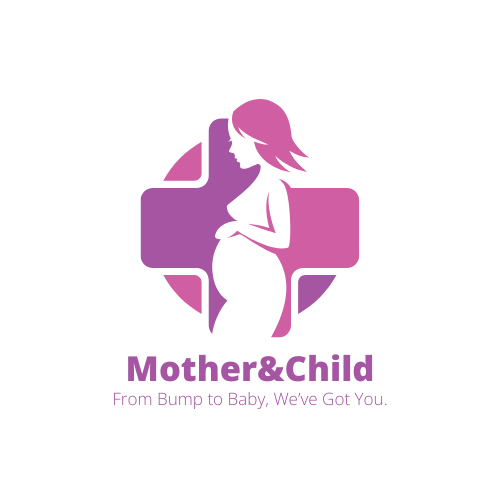🎯 Learning Objectives
By the end of this lesson, learners will be able to:
✅ Understand when a newborn with jaundice must be referred to a hospital
✅ Identify clear referral criteria and red flags
✅ Explain the referral steps and roles of CHWs/TBAs in the process
✅ Navigate challenges like distance, cost, and cultural barriers to referral
🏥 Why Referral Is Critical
In newborn jaundice, timing = brain-saving.
Early referral to a hospital with testing and phototherapy can prevent kernicterus (brain damage), hearing loss, or even death.
🚨 When to Refer Immediately
| Red Flag Sign | Referral Reason |
|---|---|
| Jaundice in first 24 hours | May be due to blood incompatibility or sepsis |
| Baby is hard to wake, feeds poorly | Possible acute bilirubin encephalopathy |
| Yellow spreads to arms, legs, feet, or palms | Dangerously high bilirubin |
| Baby has fever or convulsions | Emergency — may be sepsis or bilirubin toxicity |
| No access to bilirubin test or phototherapy locally | Needs advanced care |
📋 Standard Hospital Referral Steps (Simplified)
Step 1: Identify Urgent Signs
-
CHW, TBA, or nurse checks for red flags using checklist
-
Use Home Monitoring Card (Lesson 3 tool)
Step 2: Prepare Baby for Referral
-
Keep warm, especially preterm/low birthweight babies
-
Encourage breastfeeding before travel
-
Avoid giving herbs, sugar water, or other delays
Step 3: Write/Send a Simple Referral Note
Example:
“Referral for neonatal jaundice. Onset <24 hrs, poor feeding, sleepy. No phototherapy at this facility. Needs bilirubin test + light therapy urgently.”
💬 Can be handwritten, texted, or WhatsApped to the facility nurse/matron
Step 4: Connect with Receiving Hospital (if possible)
-
Call or message ahead to avoid delay
-
Examples of tools:
-
MoH Referral Directory (Kenya): https://referral.mhealthkenya.org
-
Nigeria Health Facility Registry: https://hfr.health.gov.ng
-
Step 5: Assist with Transport / Escort
-
Help family identify quickest route or link to:
-
CHW motorcycle/ambulance where available
-
Community referral fund (some counties, NGOs, or churches)
-
🛑 Referral Barriers & What to Do
| Barrier | Suggested Solution |
|---|---|
| Distance | Refer to nearest district or mission hospital, not only teaching hospital |
| Cost fears | Explain that delaying care will cost more later |
| Cultural resistance | Respect beliefs, but give real-life examples of babies saved by early hospital care |
| No phone/data | CHWs can carry simple printed referral maps or hotline cards |
| No bed at referral site | Use backup hospital list or district coordination line |
🌍 Case Example – Ghana
A TBA in Ashanti noticed a baby with jaundice on Day 1. Using her CHW referral card, she contacted the Kumasi South District Hospital. The baby arrived within 2 hours, received phototherapy, and recovered fully. The family later became referral ambassadors for the clinic.
💬 CHW Talking Script (for Caregivers)
“Mama, your baby’s eyes and body are very yellow. This means the liver is struggling. If we wait, it could affect the brain. I will help you get to a hospital that has the right light treatment. It’s safe, and many babies recover quickly.”
📱 Useful Hotlines & Contacts (Regional Examples)
| Country | Referral Help Line | Contact |
|---|---|---|
| Kenya | 1195 GBV/Health Line | Free for maternal and newborn referrals |
| Nigeria | 112 Emergency | Directs to nearest public facility |
| Ghana | GHS District Coordinators | Accessed via CHW networks |
| Uganda | Village Health Team (VHT) Link | Community-led referral with district nurse backup |
✅ Quiz – Hospital Referral
Q1. Which of these is a clear sign that a baby should be referred to hospital immediately?
A. Mild yellow in eyes only at Day 3
B. Baby is feeding well but yawns often
C. Baby has yellow palms and sleeps through feeds
D. Baby cries a lot when hungry
✅ Answer: C
Rationale: Yellowing of palms and extreme sleepiness may indicate severe jaundice needing urgent referral.
Q2. What is the role of the CHW or TBA during referral?
A. Give herbs before sending
B. Tell mother to wait for traditional rituals
C. Write or send a referral note, assist with transport, notify hospital
D. Do nothing and hope for the best
✅ Answer: C
Rationale: CHWs bridge the gap between home and hospital, making referrals faster and smoother.


